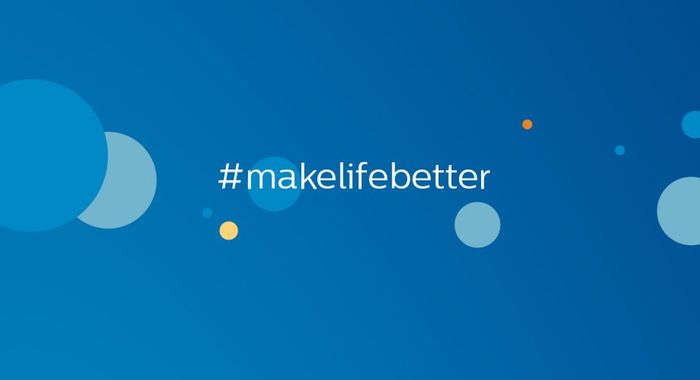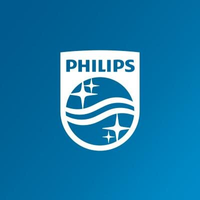ABOUT THE PROJECT
A Patient Information Center (PIC) from Philips would be expected to provide comprehensive monitoring and data management solutions. These systems often allow healthcare providers to collect, analyse, and visualise a wealth of patient data in real-time, supporting clinical decisions and overall patient care. They can integrate data from multiple devices and systems, providing a consolidated view of each patient’s status.
- Centralised Patient Data: The PIC provides a unified view of each patient’s data from multiple devices and sources. This includes vital signs, waveforms, and clinical measurements. It helps in quick and effective decision-making, reducing the time clinicians spend on gathering and interpreting data.
- Real-time Monitoring: The PIC allows real-time patient monitoring, which is crucial in critical care scenarios. Clinicians can monitor a patient’s heart rate, blood pressure, oxygen saturation, and other vital signs continuously and react quickly to any changes.
- Data Analysis and Visualisation: Advanced analytical tools provide insights from the collected data. These can include trends over time, alarms, and other significant events, helping clinicians detect patterns and make informed treatment decisions.
- Integration with HospitalInformation Systems: The PIC can integrate with other hospital systems such as electronic medical records (EMR), laboratory information systems (LIS), and radiology information systems (RIS). This provides a more holistic view of the patient’s health status.
- Alarm Management: The PIC includes sophisticated alarm management features that can help reduce alarm fatigue among clinicians. It allows customisation of alarm limits and parameters to better suit individual patient needs and conditions.
- Support for Clinical Protocols: The PIC can assist with adherence to clinical protocols, providing reminders and alerts for key actions and procedures.
WHAT I WAS TRUSTED WITH
- Consultation with clients.
- Leading forward the product with fresh, creative, and usable features.
- Develop and implement a user experience strategy that aligns with business goals.
- Created a clear and consistent style guide for all design materials by strictly following the branding guidelines.
- Implementing the design process using a combined agile approach.
- Providing users with a smooth experience.
- Creating the UX, Visual Design, micro-interactions and animations for the application.
- Design Documentation.
GOAL
The goal is to enhance the efficacy and user-friendliness of a two-decade-old patient-safety application. This is to be achieved through a comprehensive redesign process that includes rigorous research, meticulous task distribution, and development of intricate designs adaptable to multiple devices. The aim is to improve accessibility and convenience, ultimately enabling faster, more informed decision-making to better patient safety outcomes. The redesign must align with UX/UI principles and meet data security standards and healthcare regulations. The overarching objective is to use modern design techniques and technology to improve healthcare delivery and patient safety.
PROBLEM STATEMENT
- Outdated Design: The application was two-decades-old. Given the rapid advancements in technology, it likely had an outdated interface and potentially used outdated technology, making it less efficient and harder to use than newer applications.
- Limited Device Compatibility: The passage mentions a redesign to adapt the application for multiple devices such as tablets, smartphones, and desktop computers. This implies that the old application may not have been fully compatible with these devices, limiting its accessibility for users.
- User Experience: The focus on using UX and UI principles in the redesign process suggests that the original application might have been lacking in these areas. It may not have been as user-friendly or intuitive as needed, leading to a less optimal user experience.
- Accessibility and Convenience: The redesign enhanced the application’s accessibility and convenience, implying that these may have been issues in the original application. Users might have found it inconvenient or difficult to interact with the application, limiting its usefulness.
- Speed and Efficiency: The mention of faster and more informed decision-making after the redesign implies that the original application may not have been as quick or efficient in delivering necessary patient data.
- Compliance and Security: The redesign also took into account healthcare regulations and data security, suggesting that these may have been areas of concern in the original application. It could mean that the application needed updates to meet current regulatory standards or to improve data security features.
Design Timeline
Solution
Learn more about the project : https://artysush.com/portfolio/patient-safety-application-2/

